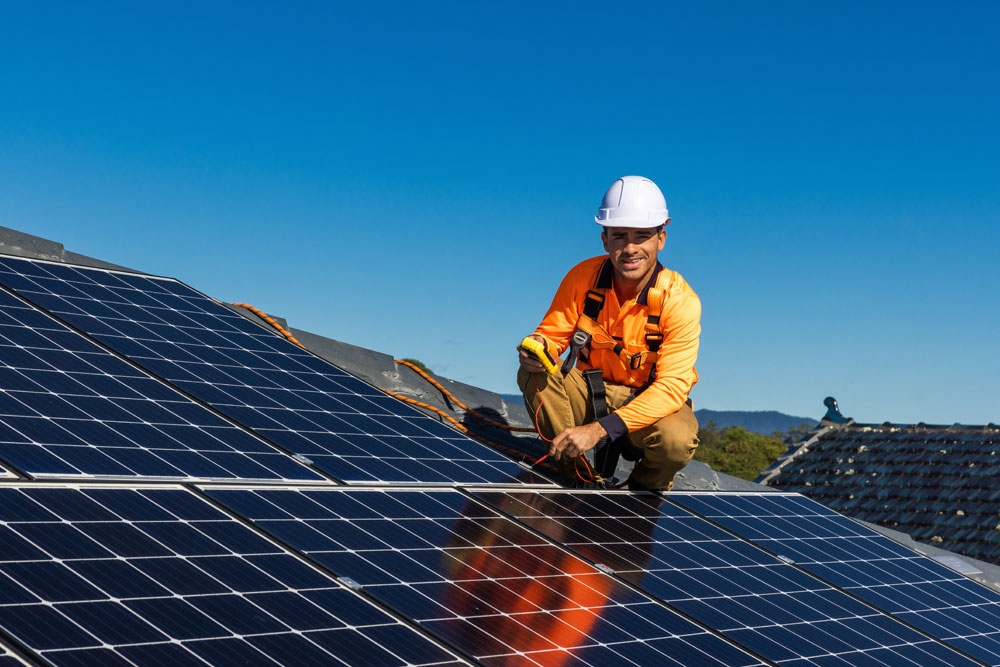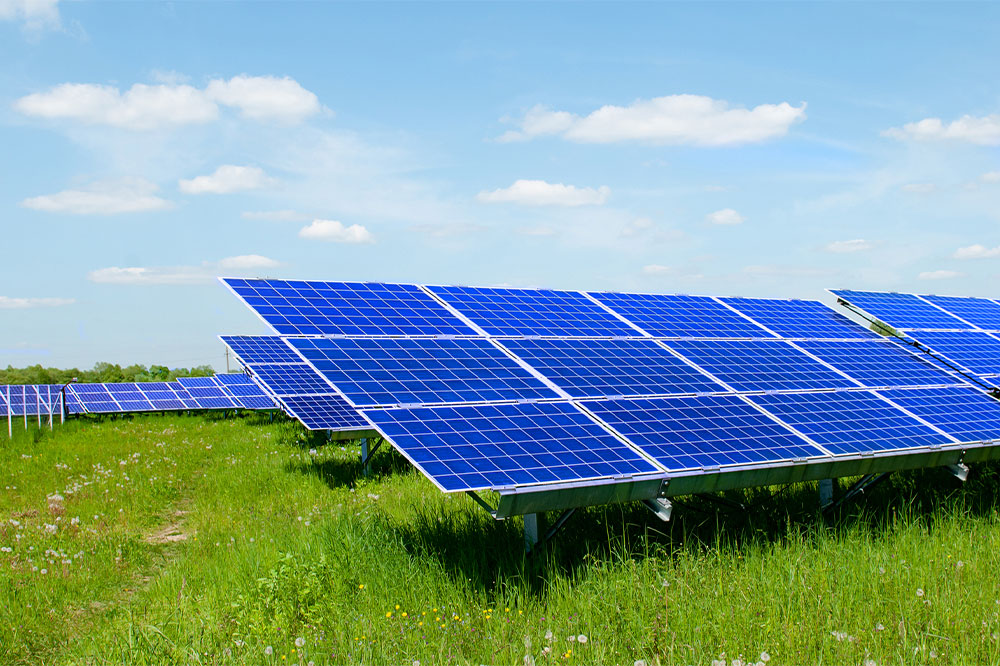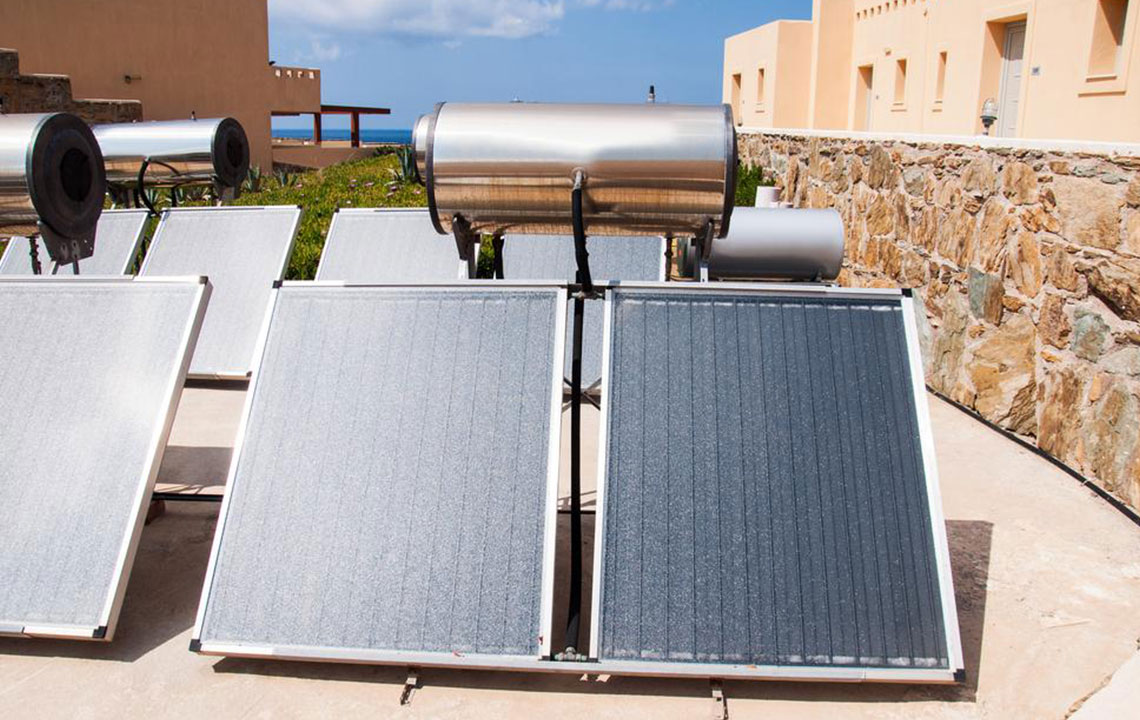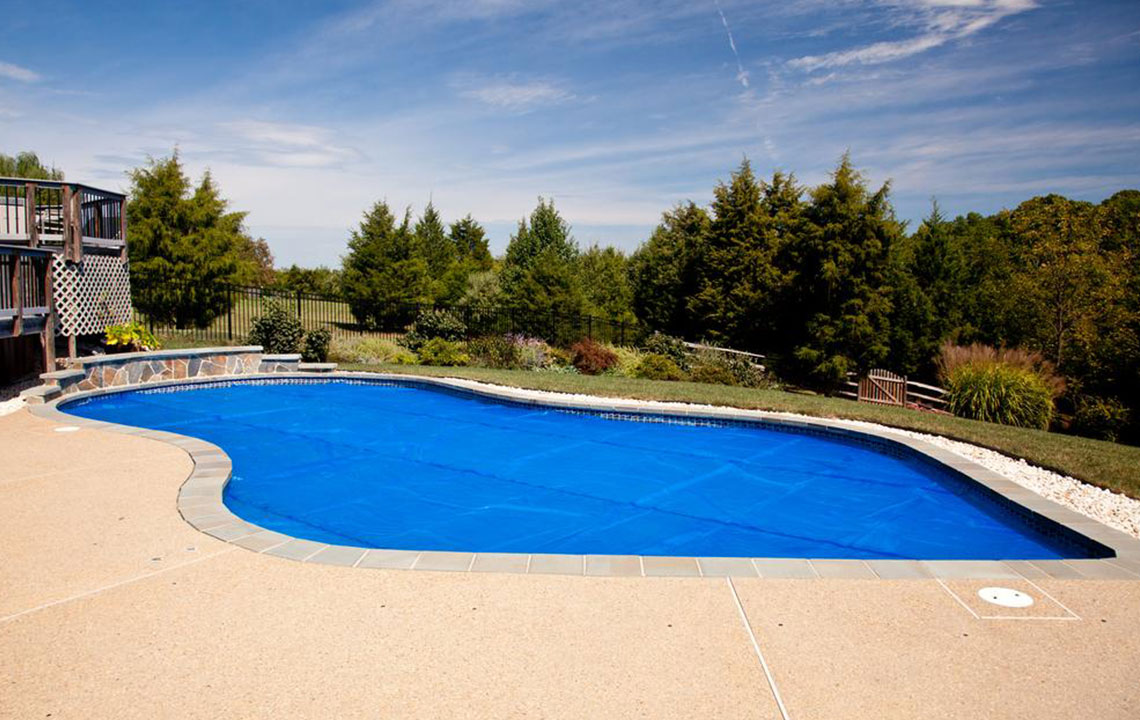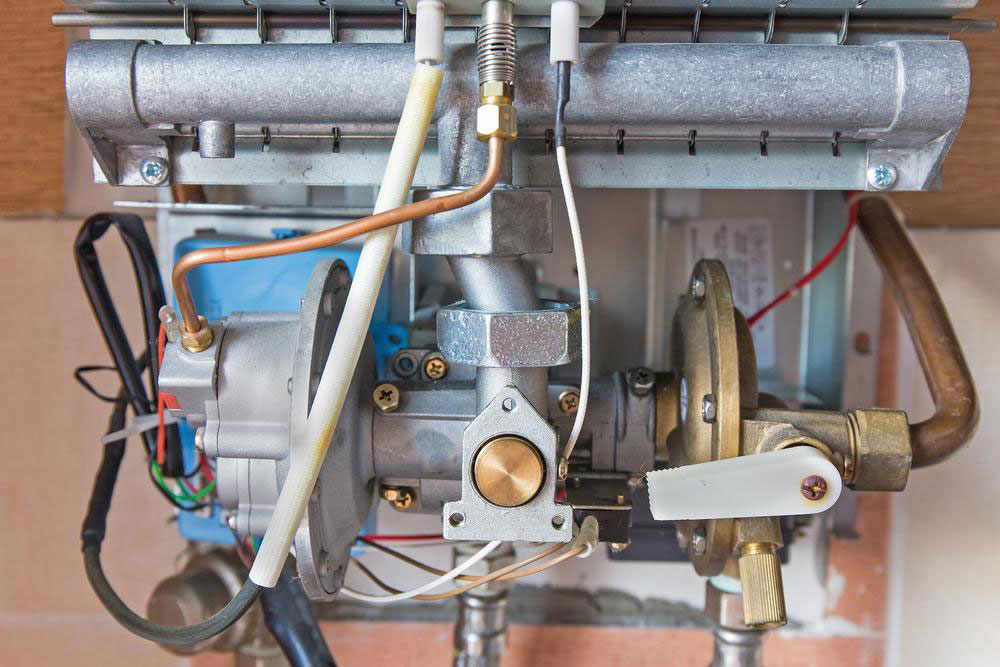Understanding Solar Panel Pricing and Influencing Factors
Learn about the costs associated with solar panel installation and the key factors that affect these expenses. This guide covers typical prices, roof considerations, panel types, and additional costs like batteries and installation services, helping you make informed decisions for a sustainable energy future.
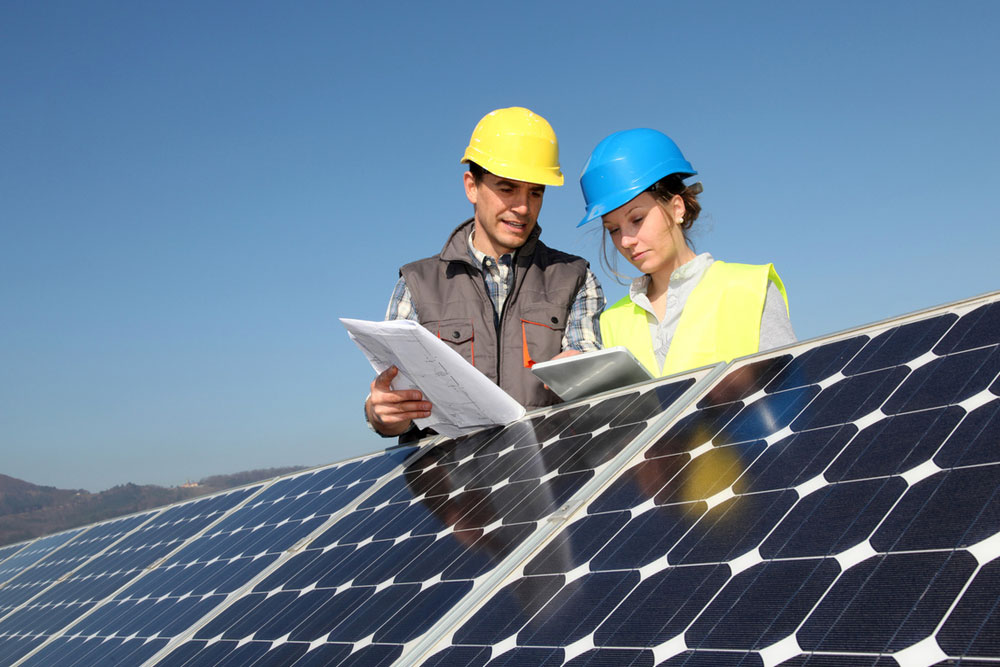
Understanding Solar Panel Pricing and Key Influence Factors
Solar energy systems are eco-friendly solutions that harness sunlight to generate electricity, contributing to reduced fossil fuel use and lowering utility bills. Due to these benefits, both homeowners and businesses increasingly adopt solar power to lessen their carbon footprint and save on energy costs. If you’re planning to install a solar energy system, knowing the costs and what impacts them is essential. This article explores the typical expenses and the factors that influence solar panel prices.
Average Installation Cost For small residences, the typical price range for solar panel setup falls between R 45,000 and R 70,000, depending on project specifics. Individual panels are often available between R 1,800 and R 4,200 each, with prices varying based on size and efficiency.
Factors Influencing Solar Panel Costs
Roof Compatibility: The shape, angle, size, and condition of your roof significantly impact costs. Strong, stable roofs support panels effectively, while weaker roofs may require repairs or reinforcement, increasing expenses. Roofing material also matters; asphalt shingles are easier and cheaper to install on, whereas metal, tile, or slate roofs might need special mounting hardware, raising costs. Flat roofs may require tilt racks to optimize sunlight capture, adding to the total cost. Analyzing your roof for damages beforehand can help reduce installation expenses.
Panel Size and Efficiency: The size of the panels needed depends on available space and energy needs. Smaller panels are not necessarily cheaper; high-efficiency panels are ideal for constrained spaces but might cost more upfront. Investing in larger, efficient panels can save money long-term by increasing energy output and reducing the number needed.
Panel Type and Quality: Main types include monocrystalline, polycrystalline, and thin-film. Monocrystalline panels are highly efficient and durable but more expensive due to complex manufacturing. Polycrystalline options are more affordable with moderate efficiency, suitable for cost-conscious projects. Thin-film panels are least efficient and cheapest, ideal for large-scale installations with ample space.
Manufacturer and Installation Services: Prices vary among brands; reputable manufacturers often offer better quality, warranties, and advanced tech, but at a higher cost. Skilled installation minimizes future repair or replacement costs and optimizes system efficiency. Other considerations include system size, backup batteries—often lithium-ion ranging from 2.4 kWh to 16 kWh—and project complexity, all influencing overall costs.
Note: Our content provides general insights across various topics. For specific financial benefits or schemes, consult local providers or experts, as this article isn't exhaustive or tailored to individual circumstances.

